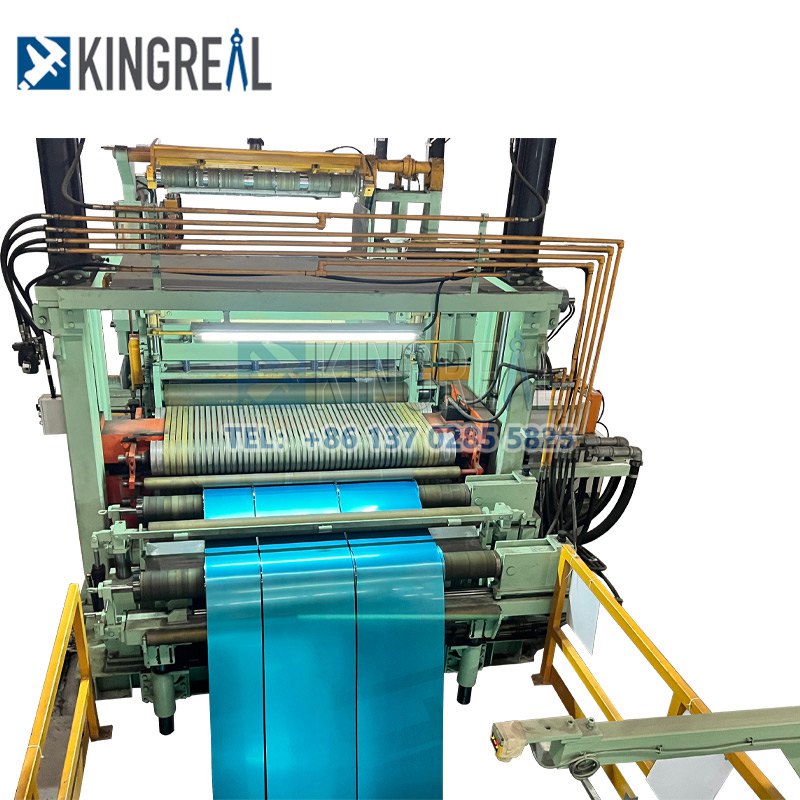Why Set Up A Loop Bridge For Steel Slitting Machine?
The Bridge Loop is set up to enable continuous production of the unit. Various types of units are equipped with loop bridge pits according to their needs. And there are various forms of loops, such as basic base loops, loops formed by mechanical devices, loops formed by tension devices, etc. This time, we will only discuss the base loops of longitudinal shearing units.
Longitudinal shear unit set up the reason for the loop sleeve, because the strip in the rolling process, will form the thickness difference between the strip section, in the disc shear longitudinal cutting, rolled to the reel, the thicker the diameter of the strip section rolled, the strip will be pulled tight, while the thin section of the strip will be increasingly loose, this part of the loose strip, must be stored with a live sleeve buffer, in order to make the rolled multiple evenly pulled tight, in order to ensure continuous production of strip.

For unit operation and control, a deeper loop bridge is beneficial.
1. A deeper loop bridge is necessary for high speed longitudinal shearing, which helps the strip to run smoothly and the acceleration and deceleration at the inlet end is not too fast. The strips do not shake and interfere excessively.
2. A deeper pit allows a better arrangement of the measuring sensors in the sheave, so that the unit can effectively complete the continuous production process.
3. Deeper loop pit will make the strip have better draping, especially for less dense material, deeper live sleeve pit will accumulate more mass of strip, so that the unit strip can be pressed on the guide roll smoothly and avoid the strip jumping out of the separation tray when running.
For multiple strips and large coil diameters, a deeper live jacket pit is necessary. This is because multiple strips bring greater uncertainty in thickness difference, and large roll diameters are greater for the length difference accumulated by the strip.